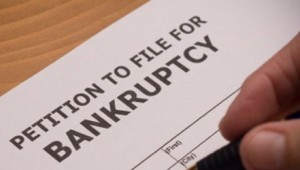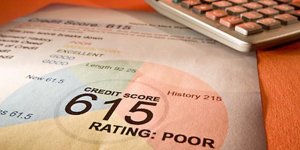Dear Liz: Regarding updating automatic payments when a credit card is replaced, I have found that using a separate credit card that never leaves home for automatic payments is a good idea. It’s very unlikely that this “stay at home” card would get hacked like a card I use in stores or ATMs. Does this seem like a good idea?
Answer: The security advantage of hiding a card at home is “pretty minimal, and approaching zero,” said Bob Sullivan, consumer security expert at BobSullivan.net and author of the book “Stop Getting Ripped Off.”
Any credit card can be hacked, as numerous database breaches have shown us. Once you use the card — with a merchant, at an ATM, on the Web or over the phone — you have no control of where its numbers are stored or how secure those databases are.
“The risk that it’s stolen from a database of cards outweighs the risk that a waiter or a compromised machine might steal it,” Sullivan said.
It may be more convenient to monitor automatic payments if they’re all on one card. But if the card is hacked, you’ll still have to reset all those payments.
 Today’s top story: Careers that can help you conquer your student debt faster. Also in the news: What a good credit card company will offer people with bad credit, how to pay for bankruptcy when you’re broke, and five apps that automate your money.
Today’s top story: Careers that can help you conquer your student debt faster. Also in the news: What a good credit card company will offer people with bad credit, how to pay for bankruptcy when you’re broke, and five apps that automate your money. Today’s top story: Why you should be wary of payday loans for small businesses. Also in the news: NerdWallet’s best credit card tips for October, financial fine-tuning to do before year’s end, and ten ways to make the most of your rewards credit card.
Today’s top story: Why you should be wary of payday loans for small businesses. Also in the news: NerdWallet’s best credit card tips for October, financial fine-tuning to do before year’s end, and ten ways to make the most of your rewards credit card.  Today’s top story: What you need to qualify for a credit card when you have bad credit. Also in the news: How to escape low-yield savings options, how one couple paid off $74,000 of debt in two years, and the building blocks that lead to smart money decisions.
Today’s top story: What you need to qualify for a credit card when you have bad credit. Also in the news: How to escape low-yield savings options, how one couple paid off $74,000 of debt in two years, and the building blocks that lead to smart money decisions.